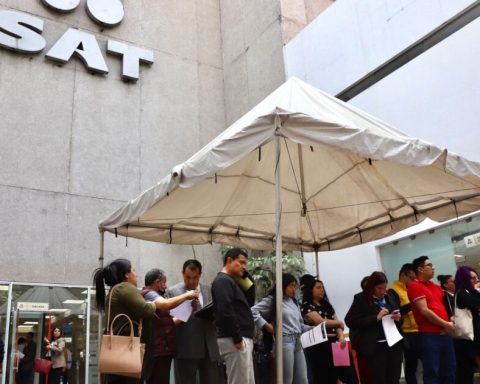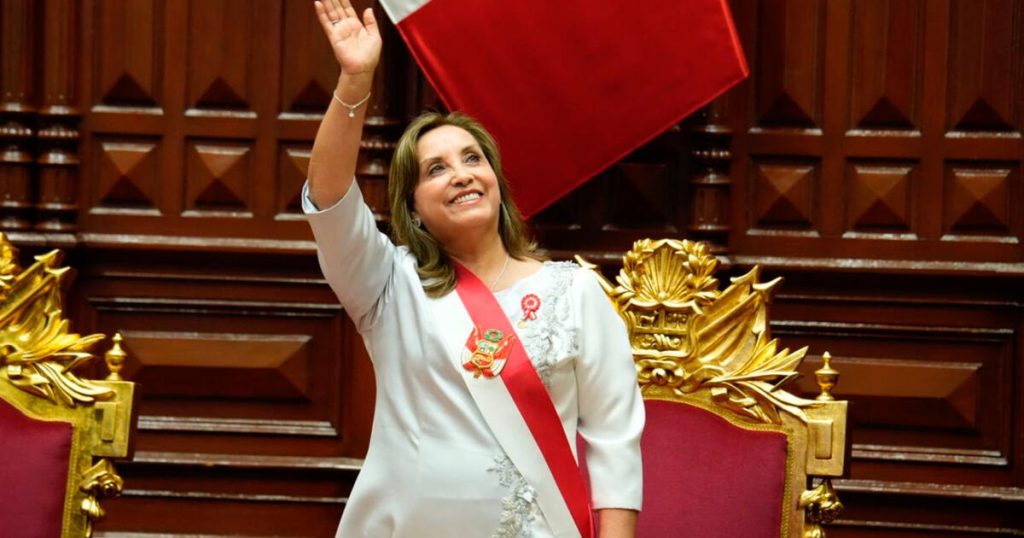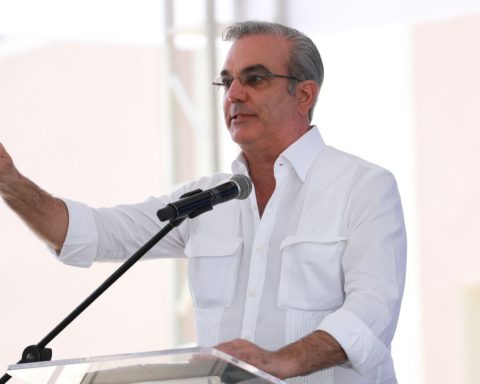Fabiola Martinez
The newspaper La Jornada
Sunday, July 28, 2024, p. 8
The National Electoral Institute (INE) is looking for ways not only to increase voter turnout, which in the June election barely surpassed the 60 percent threshold of the nominal list, but also to encourage citizens to understand democracy beyond their right to vote.
This week, the National Civic Education Strategy (Encívica) 2024-2026 was presented, which recognizes – among other factors – the need to reach young people, the population group most apathetic to these issues and which constitutes 37.7 percent of the voters.
There seems to be a disenchantment of this population with the political-electoral sphere. In 2018, this age group had a participation of 53 percent, while in 2021 it was 41 percent.
is indicated in the text.
Likewise, special action is sought considering that people aged 20 to 29 have the highest proportion of dissatisfaction with the democracy
(49 percent), and a quarter of the general population considers not having knowledge or skills that allow them to participate in political activities
.
The Encívica’s lines of action include promoting civic education for public servants, minors, Mexicans living abroad, and historically discriminated groups.
Besides, Generate knowledge for the exercise of citizenship
and provide accessible information on the subject not only at the government level but also in schools and communities.
They claim to be unaware of the concept of democracy
Although the trends in recent processes persist (men vote less than women and, in turn, young people vote below the general average), the challenge goes beyond voting, since Approximately 25.5 percent of Mexicans are unaware of or have not heard of the concept of democracy
is specified in the presentation of the document.
Another distinctive factor in this matter is the internal participation gap, since while in one entity this indicator reaches 65.8 percent, in others it falls to 37.6, as seen in 2021, the most recent federal midterm election.
During presidential elections, the highest turnout rates are recorded (62 percent on average), while in midterm elections, to determine legislative positions, the average drops to 47 percent.
Since its founding in 1990, as the Federal Electoral Institute (IFE), the institute has been empowered to assist in the dissemination of political culture.
The most recent edition of the strategy included actions such as a study on the course of democracy in Mexico; a child and youth consultation, as well as forums to encourage political participation in which the concept of comprehensive citizenship
.















